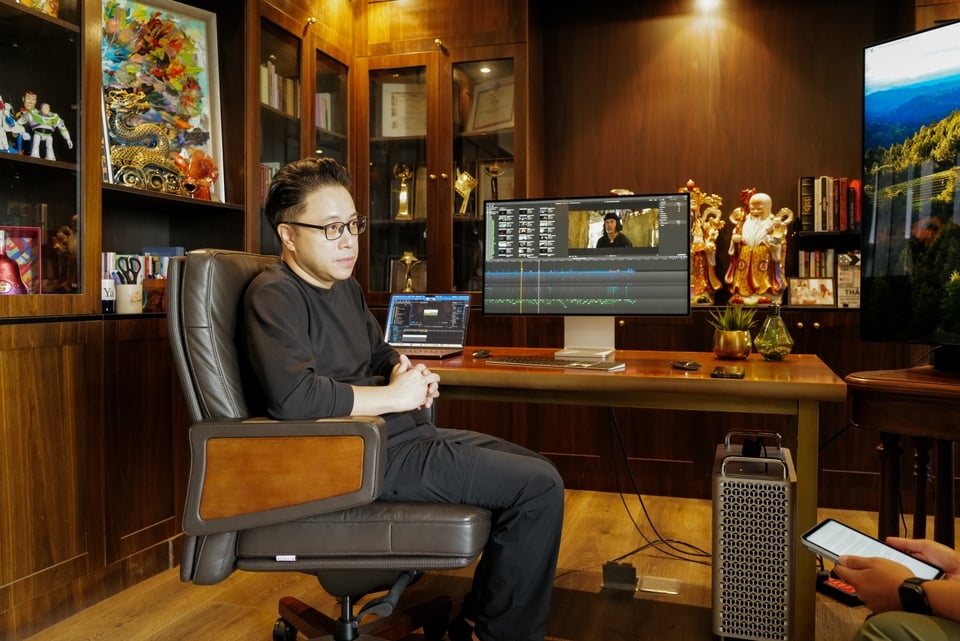 |
Director Victor Vu inside his office. Photo: Trung Hieu . |
In the early 2010s, DSLR cameras began to be introduced into the filmmaking process, and it wasn’t long before the industry changed. High-quality digital cameras became the norm, and directors incorporated modern editing software and apps to improve the process and get their films out faster.
Post-production time reduced by half
That is also Victor Vu’s experience. From the time he was studying at film school 30 years ago on a film camera, Victor Vu’s filmmaking equipment has continuously changed during his 20 years as a director. With a frequency of almost 1 film/year, Victor Vu is one of the most “productive” filmmakers in the Vietnamese film market.
The biggest difference, according to the director, is that technology has helped optimize the process and shorten filmmaking time.
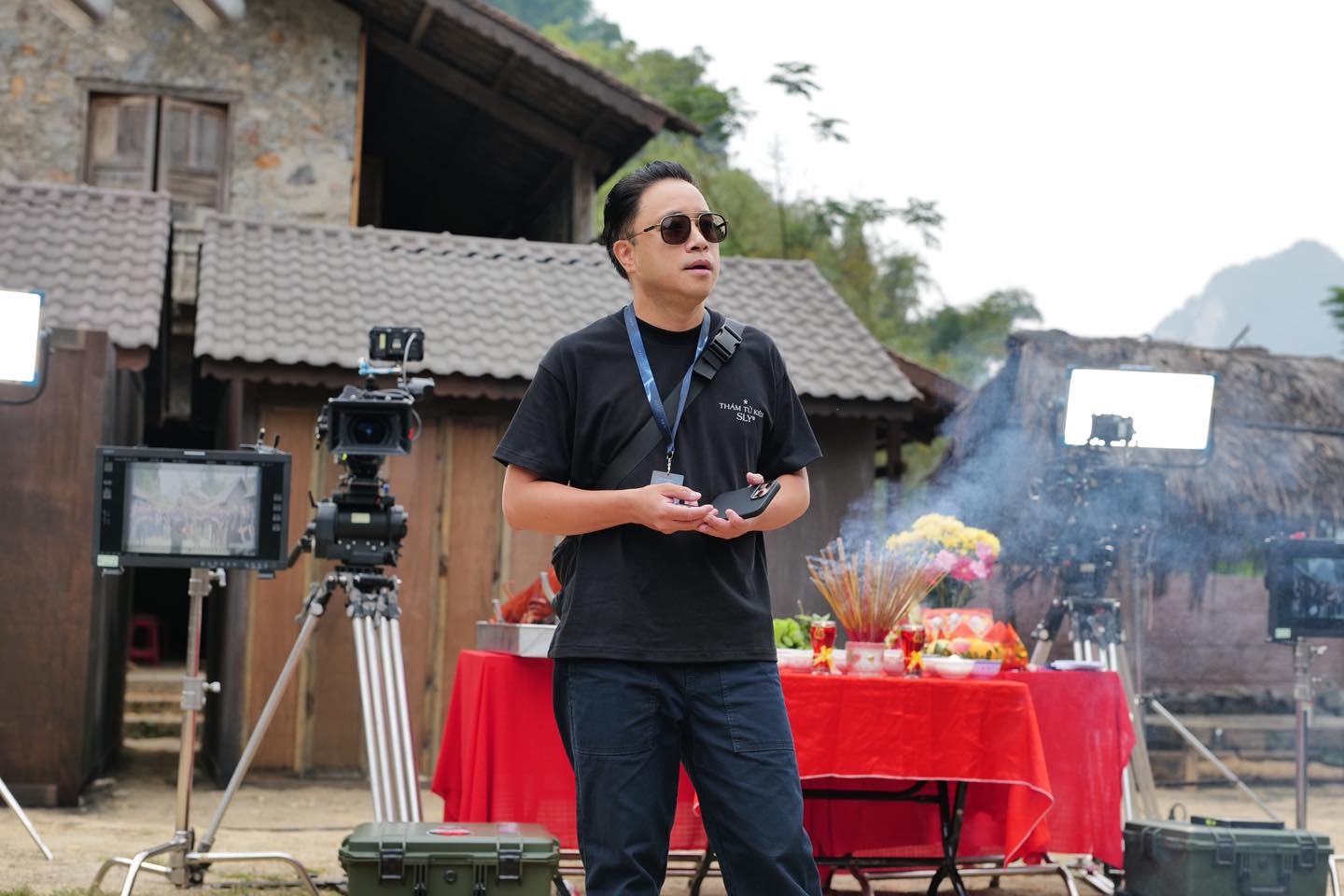 |
Victor Vu on the set of "Detective Kien", next to Sony's camera. Photo: LD. |
“Previously, post-production could last up to 6-7 months. Now the editing process is more flexible, everything can be completed in half that time,” Victor Vu shared on the sidelines of the event introducing “Detective Kien: Headless Case,” the film set to hit theaters on April 30.
The influence of technology comes right from the pre-production stage, when the director is still coming up with ideas and choosing locations. Victor Vu said he uses his phone a lot when scouting locations, and even does test shots with stuntmen so he can visualize the scenes he will shoot, discussing them with the main cast during pre-production.
“This process helps me visualize the shots better, and sometimes it even helps me imagine things differently than what was written in the script. Some action sequences were also tested on an iPhone before the actual scene. Using technology really helps expand my vision of the scene,” the director shared.
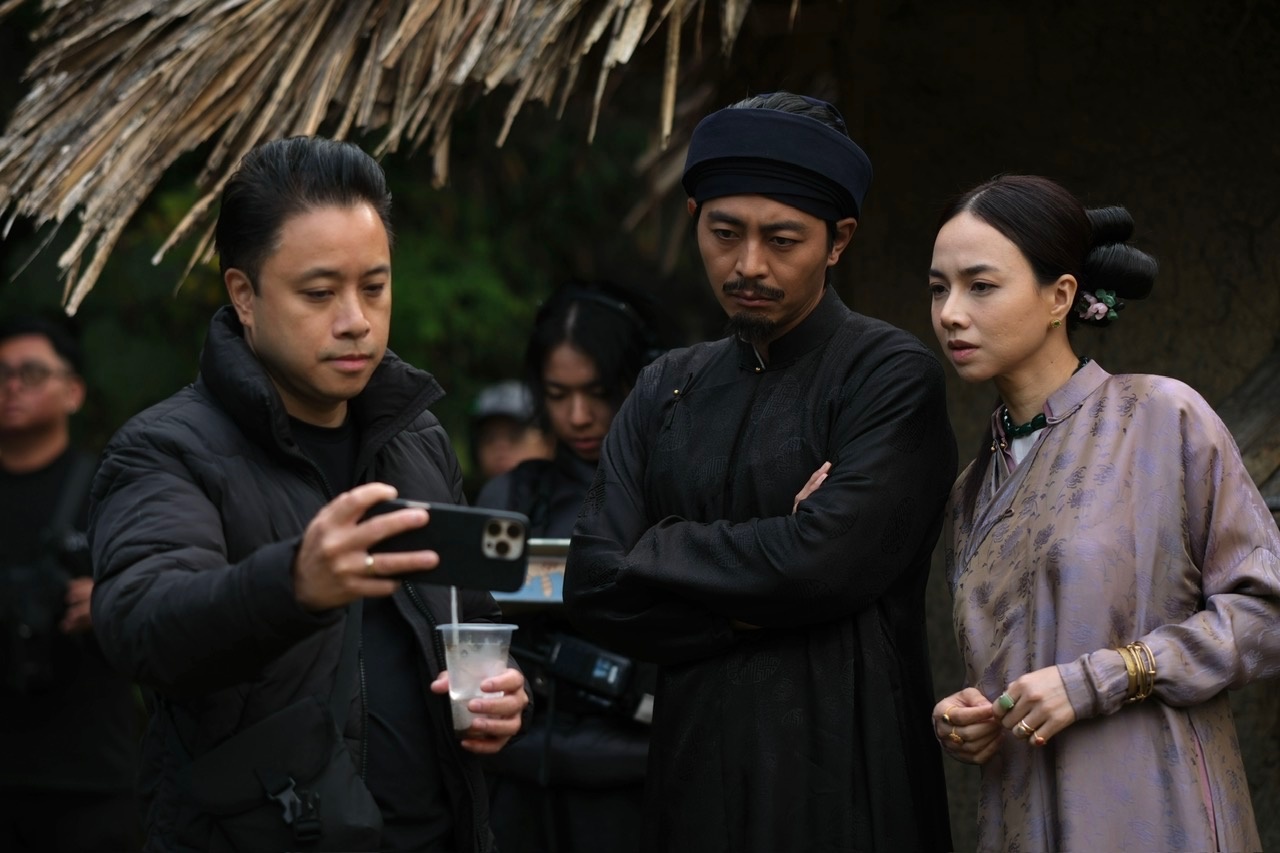 |
The director can get a rough cut and show it to the actors on set, giving feedback on their performances. Photo: LD. |
Another way to optimize the crew’s time is to edit the film right on set. The crew’s editor uses a MacBook to edit the scenes right on set. Thanks to that, the director can know which scenes are successful and which need to be reshot, significantly reducing the time and risk in the post-production stage.
“This process is very different from the old days, sometimes when we come back we realize we need to reshoot this scene or that scene, it takes a lot of time. This time we don’t have to reshoot any scene, once we finish filming we have the original image,” the director explained.
What equipment does Victor Vu use?
On set, Victor Vu used a Sony Venice 2 camera. He said the camera's ability to capture light was very helpful, because the film had many scenes filmed at night, in low light.
According to the film crew, the entire original 8K resolution image has a capacity of up to 3 TB. Previously, large resolution or capacity could be a challenge for film editing systems. However, Victor Vu said that the computer system and software of the director and main editor can all meet the requirements well.
Specifically, the director uses a Mac Pro with high configuration options, including a 24-core M2 Ultra CPU chip, 76 GPU cores, 192 GB of RAM and up to 8 TB of internal memory. He also uses an Apple XDR Display, with a total value of nearly 500 million. With almost the highest configuration at the time of purchase, the computer is capable of smoothly handling all tasks and effects that the director wants to put into the film.
The film crew's post-production specialist also uses a high-end Apple computer, which allows all images to be saved on the computer without the need for external storage. When they need to discuss work, both can use their personal computers without having to sit in the same place.
 |
Director Victor Vu and post-production expert Hoang Anh of the film "Detective Kien: The Headless Case". Photo: Trung Hieu. |
Victor Vu said the film crew used color settings (LUT) on the monitor to be able to visualize the approximate color of the film right from the start of filming. That helps the director feel the emotions and atmosphere of the film right on set.
The film crew’s software of choice was Final Cut Pro. With its user-friendly interface, it is considered a suitable editing application for both amateur and professional filmmakers. Because it is optimized for Apple hardware, the software has very good performance, even when editing scenes with effects. The director said that this helps him “apply all the software skills” when editing without having to wait.
“Before, when editing a film, I always had to wait for the camera to edit, especially with scenes with graphic effects. That waiting time made me lose a lot of inspiration,” Victor Vu added.
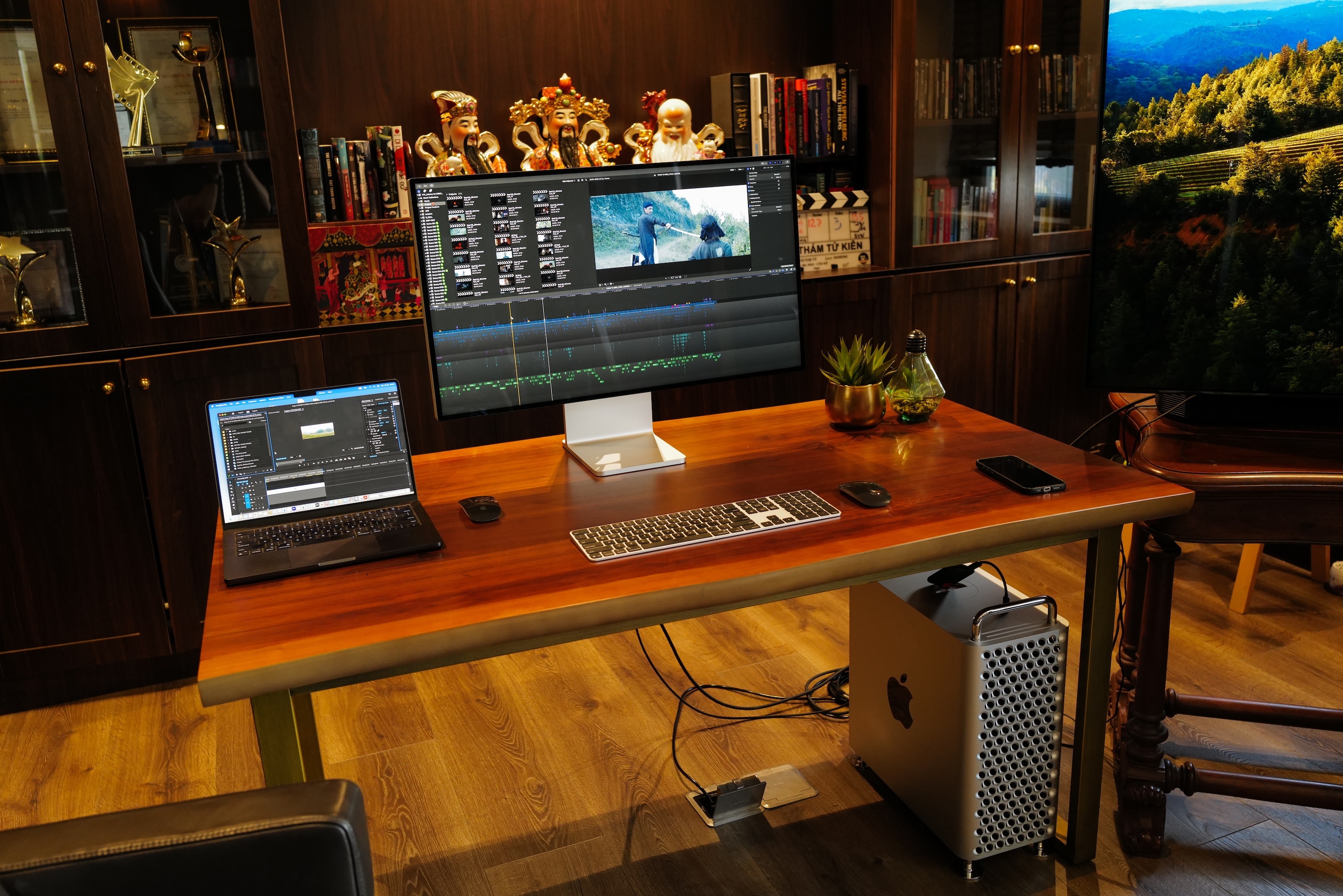 |
All the equipment used by Victor Vu in his office. Photo: Trung Hieu. |
Recalling his past filmmaking process and current technology applications, Victor Vu believes that young people today can access many good tools at a not too high cost. Thanks to that, young filmmakers can focus more on the script and storytelling. This is the biggest difference compared to when the director first started his career.
“In the past, budget was always an issue. Just buying film to shoot was a big expense. Those expenses for making films are much smaller now. I think investing in a computer or editing software is a wise investment now, because maybe in 5 years, what you buy now can still work well and meet your needs,” the director concluded.
Source: https://znews.vn/dao-dien-tham-tu-kien-khoe-cong-nghe-tren-phim-truong-post1548384.html






![[Photo] General Secretary To Lam receives First Deputy Secretary General of the African National Congress (ANC) of South Africa](https://vphoto.vietnam.vn/thumb/1200x675/vietnam/resource/IMAGE/2025/5/20/bb2999907e1245d5b4c7310a890d8201)






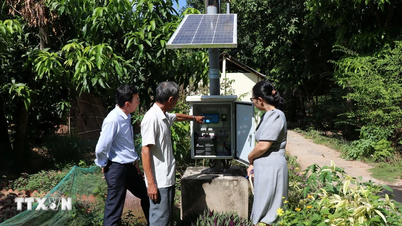











![[Photo] Award ceremony for works on studying and following President Ho Chi Minh](https://vphoto.vietnam.vn/thumb/1200x675/vietnam/resource/IMAGE/2025/5/20/a08ce9374fa544c292cca22d4424e6c0)
![[Photo] Vietnamese shipbuilding with the aspiration to reach out to the ocean](https://vphoto.vietnam.vn/thumb/1200x675/vietnam/resource/IMAGE/2025/5/20/24ecf0ba837b4c2a8b73853b45e40aa7)
































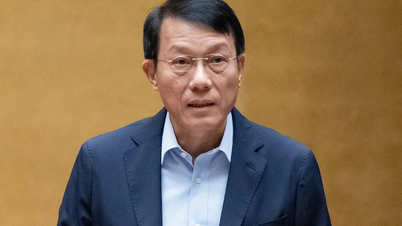

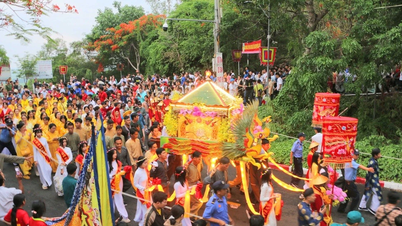




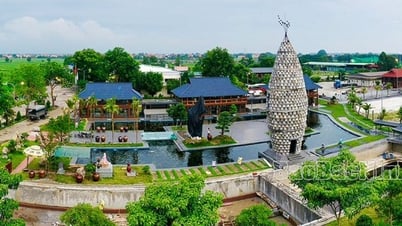
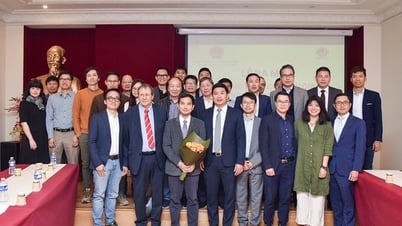








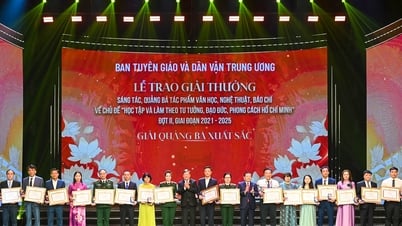

















Comment (0)